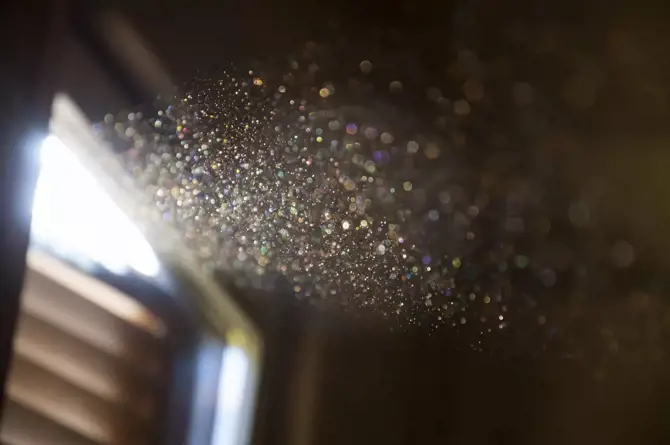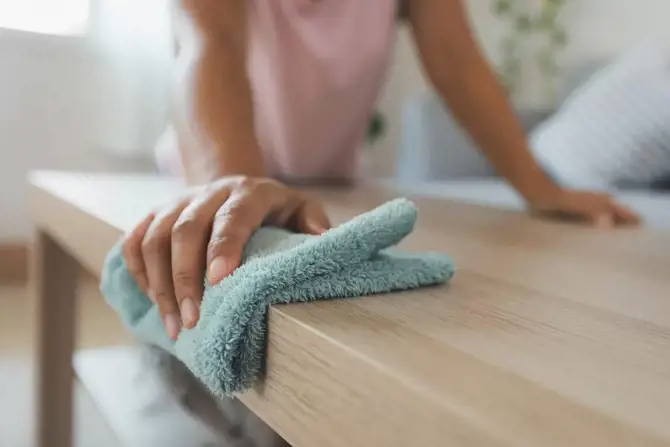Rumours about air purifiers circulate almost as much as the particles they catch! If you’ve ever wondered whether air purifiers can do everything they advertise, you’re not alone. People have a lot of questions about the effectiveness of air purifiers and whether they’re safe for use or not.
Luckily, the experts at Sanuvox are here to separate fact from fiction! In this article, find out the truth behind 10 common air purifier myths.
Air purifiers are often misconstrued as a waste of money with no significant benefits. This couldn’t be further from the truth. Air purifiers are extremely effective at trapping all kinds of harmful airborne particles and pollutants commonly found in the home, from dust mites, pollen and mould spores to carbon monoxide, hydrocarbons, and viruses.
Just because air purifiers are quiet doesn’t mean they aren’t doing their job. If you need convincing, just pull out the filter and see for yourself how much debris the device is trapping!

Air purifiers are good for you! By removing particles from the air, air purifiers alleviate symptoms of allergies and asthma, reducing irritation and inflammation and improving sleep Air purifiers can also trap harmful pollutants that would otherwise lead to an increased risk of cancer, Alzheimer’s, heart, and lung disease.

If you’re worried that air purifiers are bad for you, it may be because you have heard that they emit ozone. This used to be true, but it’s not the case anymore. Before 2005, the most popular air purifiers were ionizers that were essentially ozone generators. In 2005, Consumers reports showing that these types of air purifiers not only did a poor job of cleaning the air, but also exposed users to potentially harmful ozone levels.
Technology has come a long way since then, and most ionizers now produce negligible amounts of ozone. Of course, if you are still concerned, you can simply select an air purifier that does not include an ionizer. Air purification systems that rely on filtration or UV light do not generate ozone.
In fact, just like every other electronic device in your home, air purifiers do emit small amounts of electromagnetic radiation. Microwaves, cell phones, TVs and air purifiers all irradiate some level of EMF (Electro Magnetic Frequencies) radiation. The important thing to note is that these levels are extremely small and not remotely dangerous for your health.

Air conditioners and air purifiers have completely different functions. Air purifiers clean the air by filtering out 99.97% of airborne particles. Air conditioners cool the air but have no effect whatsoever on harmful particulates and pollutants. While some air conditioners are equipped with filters, these are not nearly fine enough to trap the harmful particles targeted by air purifiers.
You may be thinking of dehumidifiers! It’s easy to confuse the two because dehumidifiers can also lessen allergens and mould, but they go about it differently. Warm, humid air creates a breeding ground for mould growth and makes it easier for allergens to circulate. Dehumidifiers help prevent this by removing the moisture from the air, while air purifiers have no effect on humidity but trap the particles that are already circulating. Dehumidifiers and residential air purifiers are being used together to optimize the air quality in your home!
Household cleaning focuses on surfaces, while air purifiers clean the air. No matter how much you dust, and vacuum, dander, pollen, and mould spores can still permeate the air in your house. On the flip side, if you neglect cleaning, the most powerful air purifier in the world won’t be able to keep up with the settling dust. Cleaning and home air purifiers should be used together for best results.

While HEPA filters are the gold standard for air purification systems, they are designed to trap solid particulates larger than 0.3 microns. Gases, all VOCs (volatile organic compounds) and many viruses are small enough to pass right through. Activated carbon filters and UV lights are the only ones that show some effectiveness for these types of pollutants.
While HEPA filters are designed to trap particulates, UV air purifiers use high-intensity germicidal UV light to break down micro-organisms and any DNA or RNA bio-contaminants like viruses. Some argue that the contaminated air doesn’t pass through the UV light for long enough to be properly purified, but scientifically conducted testing has confirmed that processes such as Sanuvox’s patented high-intensity J-lamps deliver a high enough dosage of UV light to effectively break down the contaminants.

Just like any other device, think about computers or cars for example, there are a wide variety of air purifiers on the market. They differ in terms of the amount of space they cover, how much noise they make, and what kind of purification technology they use. When looking for an air purifier, it’s important to consider your needs and do your research to find one that suits you.
Fact: Air purifiers are safe, effective, and available at Sanuvox!
Air purifiers are safe and effective. They are not rendered unnecessary by air conditioning or thorough cleaning. Different varieties of air purifiers are effective at purifying different types of contaminants, so it’s important to consider that when choosing which one to buy.
If you have more questions about UV air purifiers or would like to talk to a Sanuvox representative about our products, contact us today!
Learn more about available products, markets, and applications and access our company’s blog and whitepapers on this website.
Follow Sanuvox Technologies on Facebook (@SanuvoxTechnologies) and on LinkedIn (@sanuvox-technologies).
*Full laboratory test report available upon demand.